Olympus OM-D E-M10 Mark III vs OM-D E-M10 Mark II: Specs compared
How does the latest OM-D model differ from the one it updates? We take a look
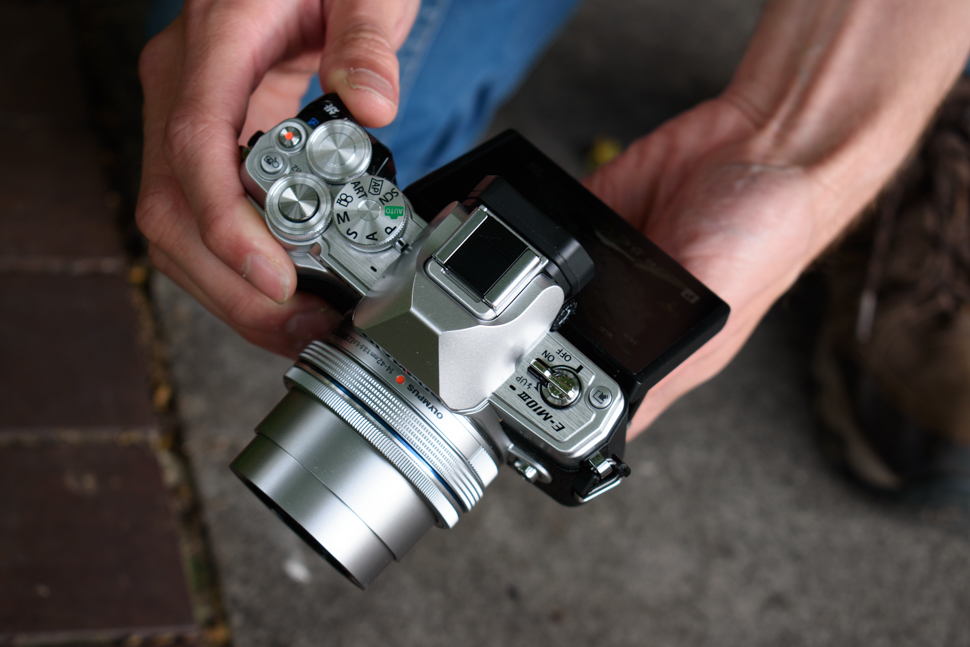
Olympus OM-D E-M10 Mark III vs OM-D E-M10 Mark II: Viewfinder and LCD
Why you can trust Digital Camera World
- OM-D E-M10 Mark III: OLED EVF, 2.36million dots; 3in tilting touchscreen, 1.04million dots
- OM-D E-M10 Mark II: OLED EVF, 2.36million dots; 3in tilting touchscreen, 1.04million dots
The viewfinder appears unchanged between the two models: both are electronic and make use of a 2.36million-dot OLED panel.
Similarly, both cameras have a 3in LCD that can be adjusted in the same way around a range of angles, and this is sensitive to touch on both bodies.
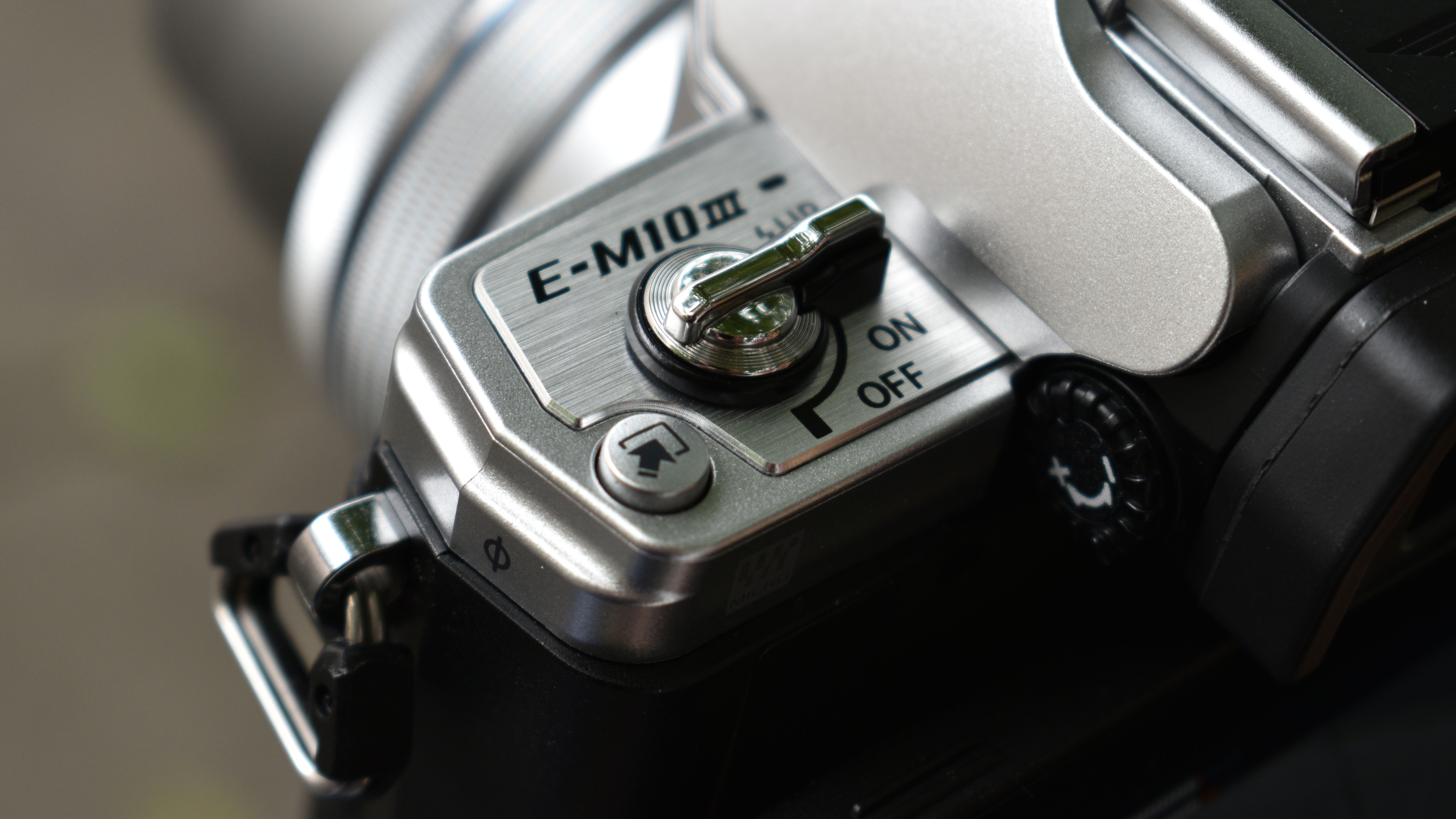
Olympus OM-D E-M10 Mark III vs OM-D E-M10 Mark II: Build and design
- OM-D E-M10 Mark III: 410g (with battery and card), 121.5 x 83.6 x 49.5mm
- OM-D E-M10 Mark II: 390g (with battery and card), 119.5 x 83.1 x 46.7mm
Side by side the differences are few – but they are there.
The cameras are virtually the same size and weight, meaning they can easily slip into a jacket pocket with the collapsible 14-42mm EZ zoom kit lens attached. The OM-D E-M10 Mark II weighs 390g, while the OM-D E-M10 Mark II weighs 410g, but this makes no practical difference.
Both bodies look great and are made from a solid metal with plastic sides and textured front, but the OM-D E-M10 Mark III also sports a redesigned grip, one that's more defined and would appear to offer a firmer hold.
It appears Olympus believes in the redesign, because it has not created an optional grip for the newer model like the one that users can buy with the OM-D E-M10 Mark II.
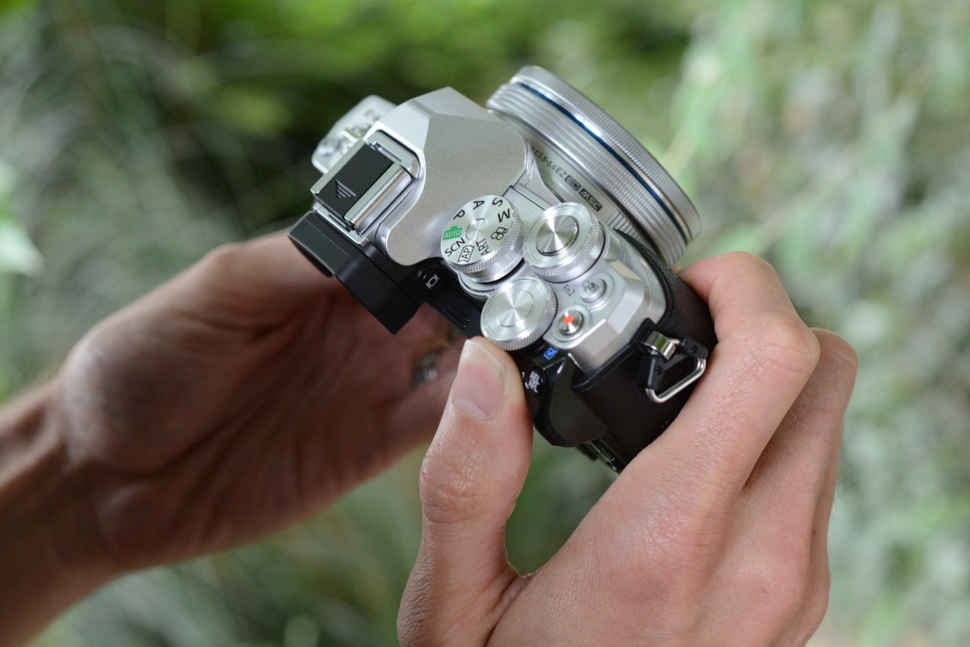
Despite being ultra compact, both cameras have an intuitive layout, including two control dials and plenty of buttons. A subtle improvement on the OM-D E-M10 Mark III is that the buttons are a tad larger – as is their labelling.
You’ll now find the four-way control pad on the rear is labelled with flash, ISO, drive mode and AF point selection. By contrast, on the OM-D E-M10 Mark II, there are no markings.
The OM-D E-M10 Mark III also debuts a ‘Shortcut’ button, in place of the E-M10 Mark II's Fn3 button, and this provides direct access to a graphic display of the chosen shooting mode.
Button customisation, however, appears to be more limited in the OM-D E-M10 Mark III. Users cannot change the functions of the four-way pad or video record button, and there is one less function button (sacrificed to make way for the Shortcut button).
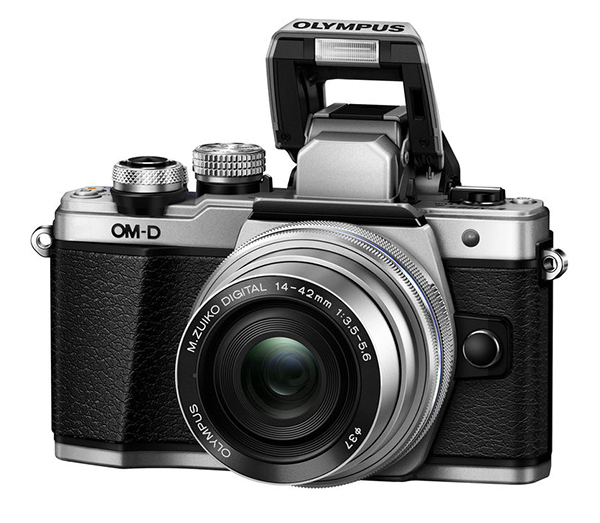
Olympus OM-D E-M10 Mark III vs OM-D E-M10 Mark II: Flash
- OM-D E-M10 Mark III: Flash and hot shoe, no RC flash
- OM-D E-M10 Mark II: Flash and hot shoe, RC flash
Both cameras feature a built-in flash with a modest 8.2GN (guide number) at ISO 200, and both have a hot shoe for external units.
According to the specifications, Olympus has omitted the wireless flash feature in the OM-D E-M10 Mark III. ‘RC' flash can be found on most OM-D and PEN cameras including the OM-D E-M10 Mark II, but not the OM-D E-M10 Mark III.
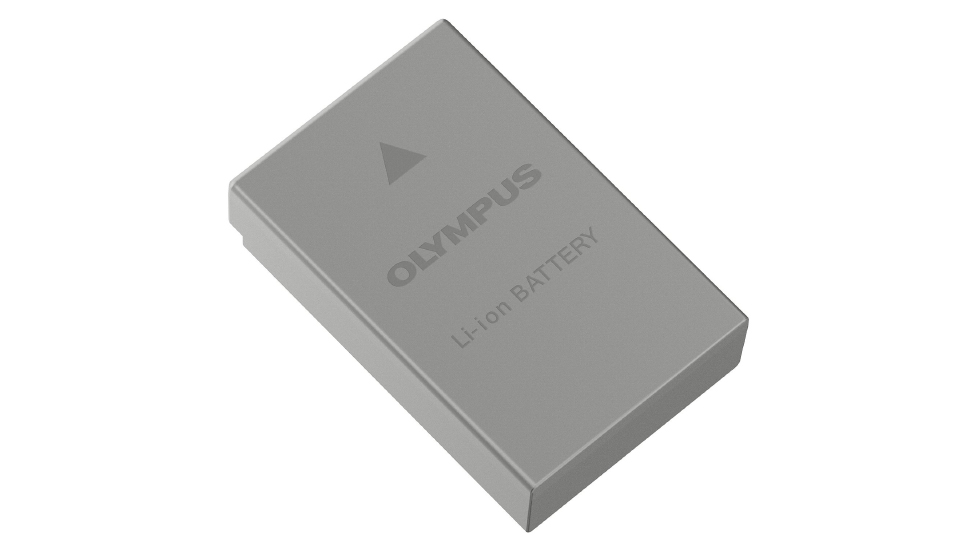
Olympus OM-D E-M10 Mark III vs OM-D E-M10 Mark II: Battery life
- OM-D E-M10 Mark III: 330 shots per charge
- OM-D E-M10 Mark II: 320 shots per charge
As for battery life, the same BLS-50 lithium-ion battery now has a 330-shot life on the OM-D E-M10 Mark III compared to 320-shots. So, another minor improvement.
Verdict
As you may have already concluded by now, the overall the changes between the OM-D E-M10 Mark II and OM-D E-M10 Mark III models are not significant; the latter is essentially a modest upgrade, with 4K video as the main point of difference.
If you already own an Olympus OM-D E-M10 II, you’re unlikely to trade it in for this latest version. But if you are a newbie to mirrorless, then the Olympus OM-D E-M10 III is an attractive proposition indeed.
Considering either camera? Check out our best deals below.
- 1
- 2
Current page: Viewfinder, LCD, build and battery life
Prev Page Sensor, video, burst shooting and autofocusThe best camera deals, reviews, product advice, and unmissable photography news, direct to your inbox!
